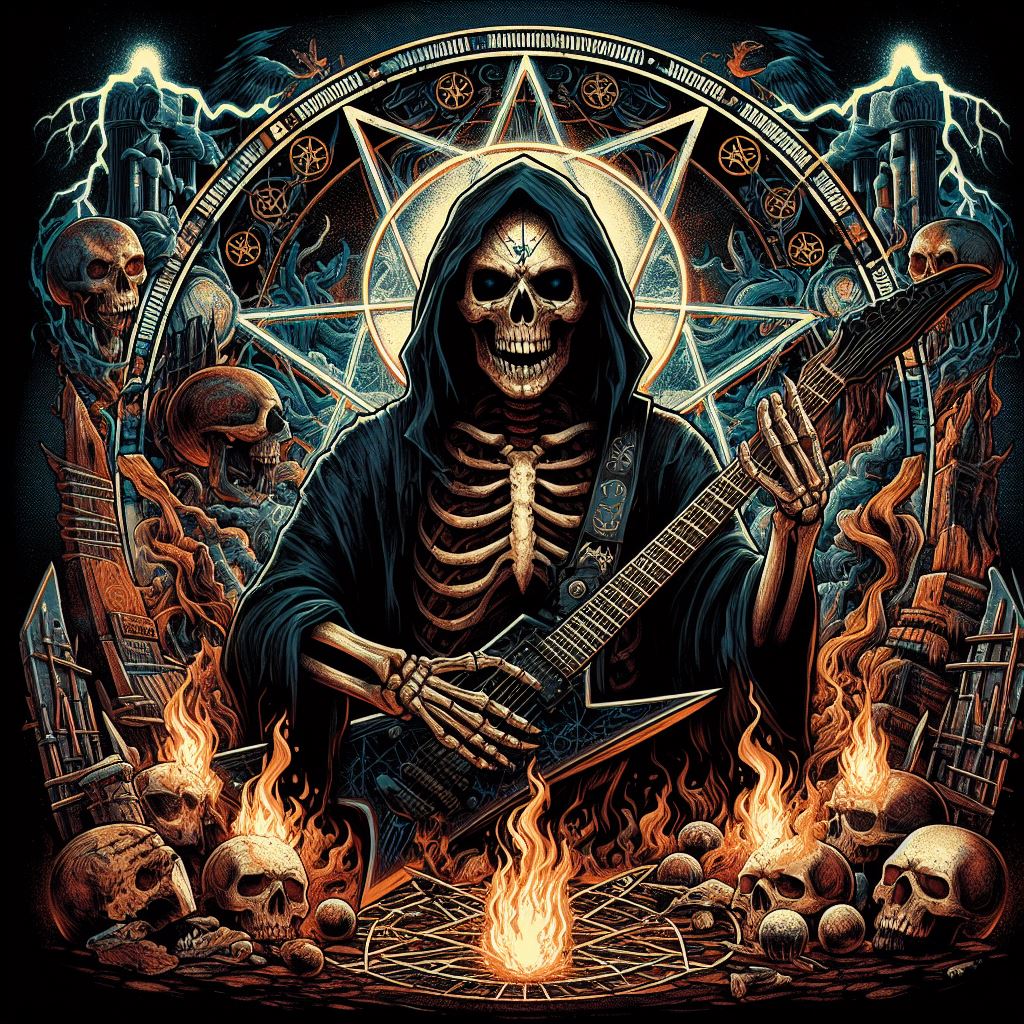Heavy metal fashion has evolved to become as iconic as the music itself. From denim vests to leather jackets, bullet belts, and black t-shirts, metal fans have crafted a unique style that sets them apart. Despite the genre’s rebellious nature, metal fashion has formed a distinct subculture with its own set of rules and symbols that signify belonging.
The roots of metal fashion can be traced back to the 1960s rockers, bikers, and psychedelic circles, which influenced the early metal bands like Black Sabbath and Deep Purple. The rebellious spirit of the 70s punk rock scene also left a lasting impact on metal fashion, with musicians sporting denim vests adorned with rebellious slogans, bridging the gap between punk and metal.
One iconic figure in metal fashion is Motörhead, whose mascot ‘Snaggletooth’ designed by Joe Petagno embodies the anti-establishment ethos of metal. The leather-clad image of bands like Judas Priest also became synonymous with metal fashion, drawing inspiration from biker jackets, punk aesthetics, and the London gay scene.
By the early 1980s, denim and leather had become staples of metal fashion, symbolizing unity among metal fans. The color black, a constant presence in metal’s aesthetic, represents nihilism, rebellion, and a rejection of mainstream positivity. The imagery of demons and monsters printed on black t-shirts further solidifies metal’s anti-establishment stance.
Thrash metal brought a new dimension to metal fashion with its raw aggression and signature ‘battle jackets’ adorned with patches and bullet belts. Bands like Metallica, Slayer, and Anthrax popularized these elements, creating a distinctive look for the thrash metal subgenre.
Black metal embraced theatricality with its use of corpse paint, a stark contrast to the colorful glam rock of the 80s. Bands like Mayhem and Emperor adopted this striking visual style, reflecting a fascination with death and darkness that defined the genre.
While some black metal artists moved away from corpse paint as a trend, newer acts continue to embrace this form of self-expression. The metal community has also seen the rise of ‘masked metal’ bands like Slipknot, Ghost, and Sleep Token, who have incorporated masks into their identities, blurring the lines between music and performance art.
As metal music continues to diversify and evolve, its fashion sense remains rooted in black, leather, denim, and theatrical elements like corpse paint and masks. While newer subgenres may deviate from these traditional symbols, the essence of heavy metal fashion continues to captivate audiences with its rebellious and iconic aesthetic.
📰 Related Articles
- Ozzy Osbourne’s Resistance to Heavy Metal Label Evolution
- Metal Bands’ Evolution: From Heavy to Mainstream Success
- Kylesa’s Evolution: From Heavy to Melodic Metal Mastery
- Iron Maiden: Pioneers of Heavy Metal Music Evolution
- Heavy Metal Evolution: Iconic Albums of the 21st Century






